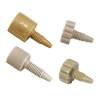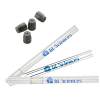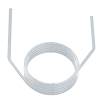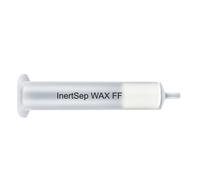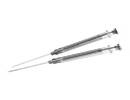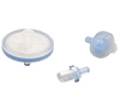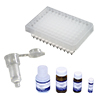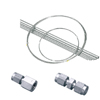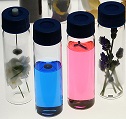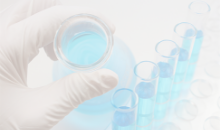Basics of Gas Chromatography
3-1 Types of Injection Methods
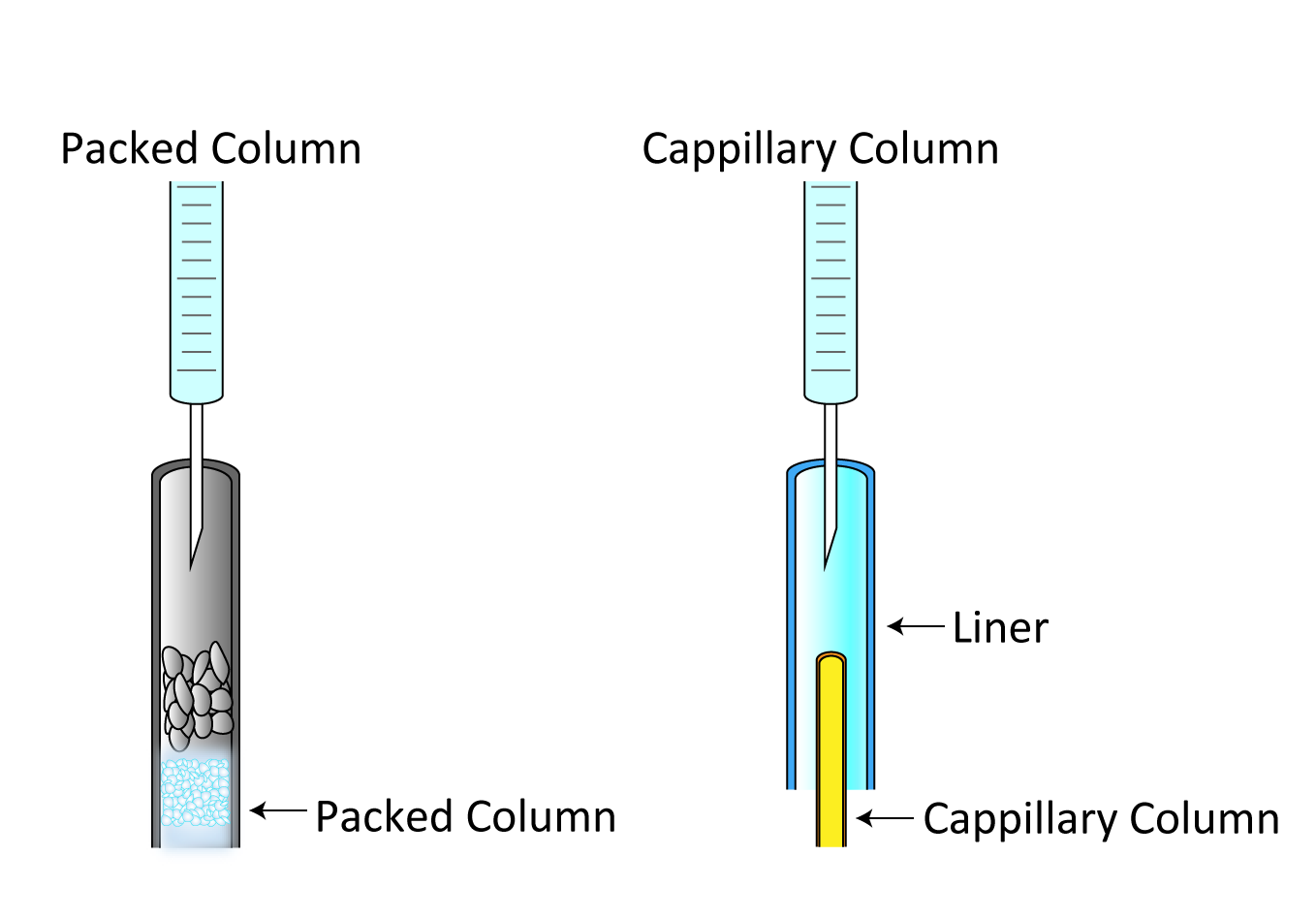
The large inner diameter of packed columns is advantageous for on-column injection because the entire sample can be simply injected by placing the tip of a syringe inside the column. In contrast, the inner diameter of capillary columns is too small for syringe insertion except in special cases. Therefore, the sample is vaporized using a liner left panel and all or part of the sample is then introduced to the column. The method of partial injection is called the split injection method, whereas the method of introducing the entire sample (strictly speaking, most of the sample) is called the splitless injection method. Other injection methods are direct injection, cold-on-column injection, and programmed temperature vaporization.
| Injection method | Temperature during injection | Column size | Features | Precautions |
|---|---|---|---|---|
| Split injection method | High temperature | All | General analysis No restrictions on-column temperature conditions |
Not suitable for low-concentration ingredients |
| Split injection method | High temperatures | All | Microanalysis | Not suitable for gases and low boiling–point components Limited column temperature |
| Direct injection method | High temperature | 0.53 mm I.D. or more | General analysis | Applies to ingredients that do not require high separation |
| Cold-on-column injection method | Low temperature | All | Effective for heat-unstable ingredients Discrimination is unlikely to occur |
Not suitable for gases and low boiling–point components Columns are easily contaminated Limited column temperature |
| Programmed Temperature Vaporization method (PTV method) |
Low temperature | All | Effective for heat-unstable ingredients Discrimination is unlikely to occur Mass introduction is possible |
Not suitable for gases and low boiling–point components Limited column temperature |


